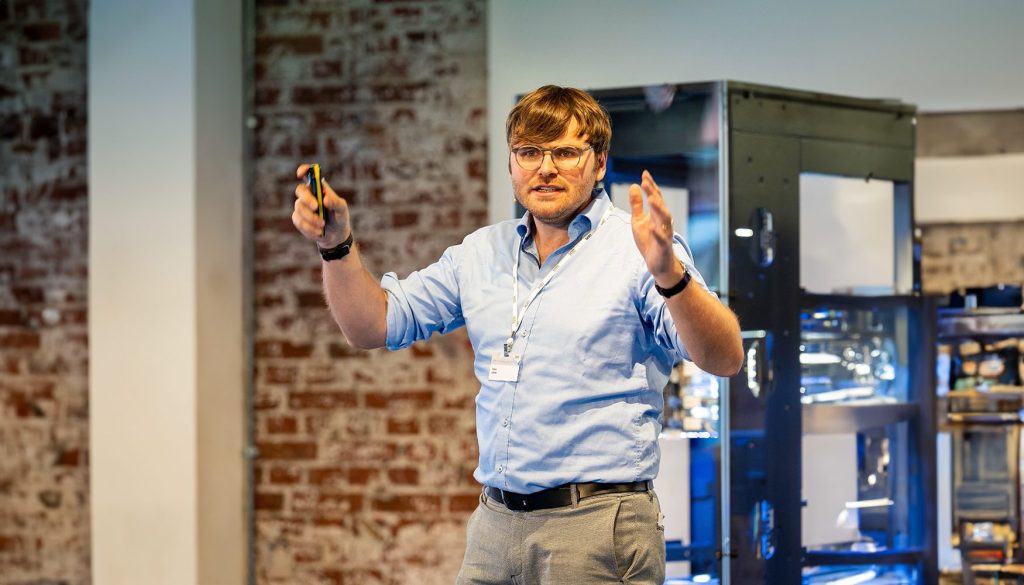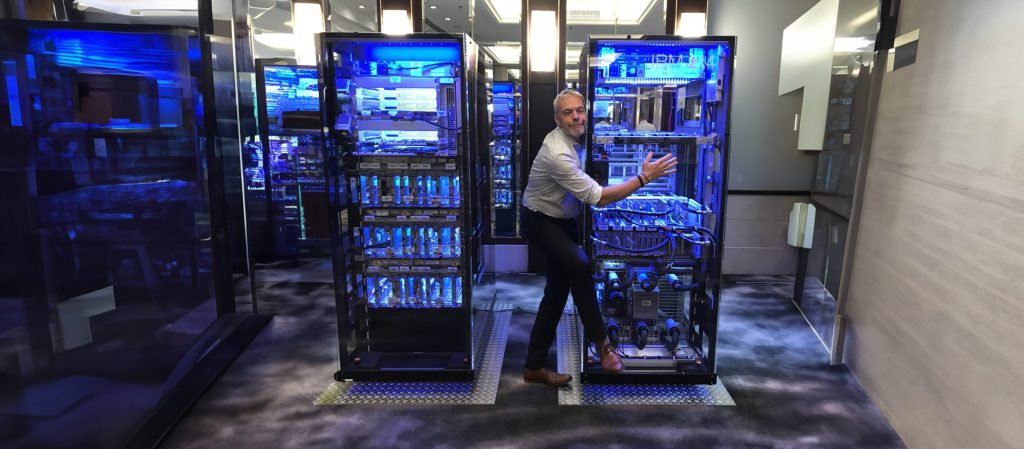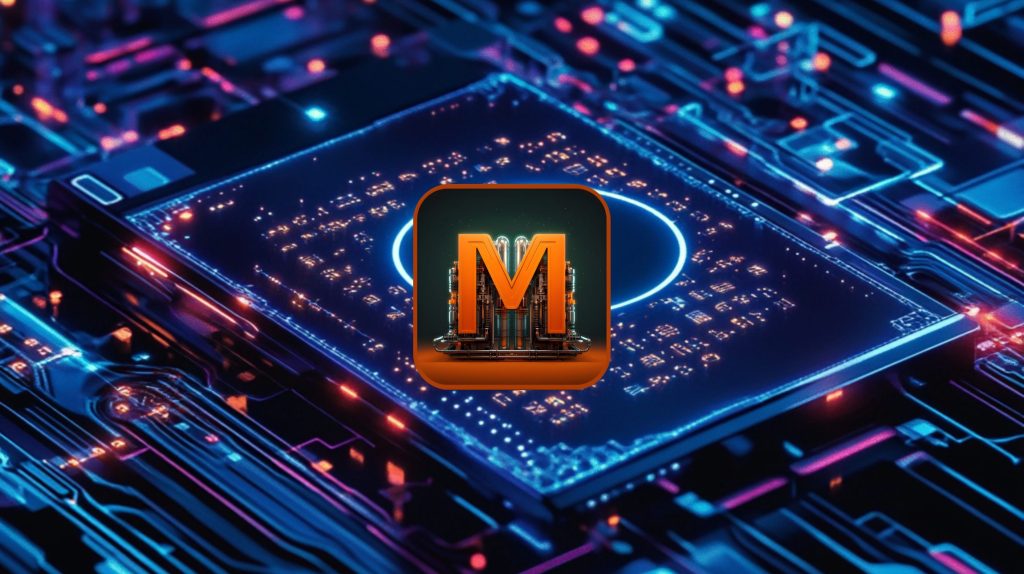Dear fellow mainframer,
First, a quick word about our usual newsletter maestro, Krešimir Mudrovčić: his recovery continues to progress well, and we’re eagerly awaiting his return. In the meantime, I’m returning to the newsletter to share some notable developments from the mainframe world that have caught my attention.
Journey Through IBM Z’s Innovation Epicenters
Picture this: one week, two countries, and enough mainframe innovation to make your head spin in the best possible way. My colleague Philipp Kremling just returned from back-to-back IBM Z events, which gave me a different perspective on how I think about our industry’s direction.
The adventure began in Frankfurt at the IBM Z DevOps Workshop, where Philipp found himself surrounded by 50 passionate mainframers – a mix of seasoned clients, IBM’s sharpest minds, and some young talents. But here’s what caught my attention: this wasn’t your typical death-by-PowerPoint conference. Instead, it was pure hands-on immersion, the kind of learning environment where you roll up your sleeves and build something. Philipp described it as “the way we at CROZ love to work – practical, immersive, and result-driven.”
Then came Rome – and if Frankfurt was impressive, Rome was revelatory. The AI on Z Bootcamp gathered a more intimate group, but the impact was anything but small. This is where Philipp got his hands on something that’s still making my pulse quicken: an exclusive preview of IBM’s Spyre Accelerator (which is coming already in the next quarter!) and their next-generation AI development tools for Z.

But here’s the kicker – this wasn’t just about shinier tools. Philipp witnessed firsthand how AI is being woven directly into z/OS itself. We’re talking about systems that don’t just process data but actually learn from it, enabling smarter automation and deeper insights than we’ve ever imagined possible on mainframes. The full story of Philipp’s journey you can check here!
This AI Assistant is Redefining Mainframe Conversations
On June 25th, IBM dropped something that immediately grabbed my attention: watsonx Assistant for Z version 2.2.5. Now, before you think “just another incremental update,” let me tell you why this particular release has me anxious in a good way about the future of mainframe operations.
The enhanced filtering delivers genuinely context-aware answers, like chatting with a colleague who truly understands z/OS nuances rather than generic responses. The expanded PII support and technical preview S3 ingestion feature address critical compliance needs, while multilingual capabilities (Japanese, French, Portuguese, Italian, German) enable seamless international team collaboration. Two new AIOps skills – IBM Z Workload Scheduler and NetView – promise centralized job control and real-time network insights.
Read here to learn what IBM watsonx Assistant else is capable of.
AI Agents are coming very soon to watsonx Assistant for Z. We’re talking about autonomous task orchestration on your mainframe. Think about that for a moment – AI agents that can independently handle routine mainframe operations while we can focus on strategic initiatives. I wish it was already here in my last project.

When Code Generation Gets Genuinely Intelligent
June brought us IBM watsonx Code Assistant for Z version 2.6.0, and as someone deeply invested in mainframe modernization, I find this update particularly compelling for organizations accelerating their legacy application transformation.
The introduction of generative AI-powered COBOL code generation immediately caught my attention. In my daily work, I constantly see the challenge of balancing modernization ambitions with operational stability requirements. Now, being able to generate, update, or refactor COBOL code using natural language prompts directly within VS Code feels like a genuine leap forward.
The preview for the Assembler code explanation has me equally intrigued. Anyone who’s wrestled with mainframe Assembly knows that deciphering legacy logic can be absolutely brutal. Having generative AI deliver natural language explanations for selected Assembler code means developers, regardless of their experience level, can quickly understand what’s actually happening under the hood. It’s simultaneously a massive time-saver and a confidence booster for anyone maintaining or modernizing mainframe assets.
You can find a blog post about the abilities of IBM watsonx Code Assistant for Z here.
Worth noting: Omdia recently recognized the broader IBM watsonx Code Assistant platform (beyond the Z-specific focus) among the leading code assistants on the market. It’s gratifying to see industry acknowledgment of the impact these tools are having on developer productivity and modernization efforts.
Until Next Time
Thank you for joining me on this journey through the latest IBM Z innovations. I’m continually inspired by our vibrant community and the remarkable strides we’re making – from DevOps and AI integrations to intelligent code assistance and global collaborations.
By the way, I’ll be heading to IBM TechXchange in Orlando this October, together with our German AI expert Giulia Solinas. It’s one of the year’s most exciting gatherings for anyone passionate about AI, mainframe, cloud, and digital transformation. I look forward to sharing insights and experiences from the event in a future report! If you’ll be there as well, feel free to reach out, I’d love to connect in person!
Until next time, stay curious and keep mainframing strong!
Falls Sie Fragen haben, sind wir nur einen Klick entfernt.



